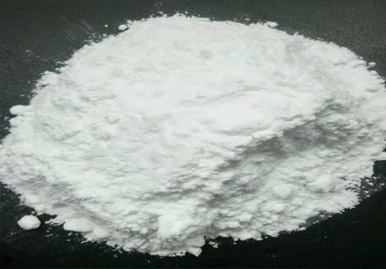- Calcium Carbide
- Calcium Cyanamide
- Dicyandiamide
- Electronic grade Dicyandiamide
- Cyanamide
- Creatine monohydrate
- Aminoguanidine bicarbonate
- Sarcosine
- Creatine Monohydrate
- Creatine
- Creatine HCL
- Creatine Nitrate
- Creatine Ethyl Ester Hydrochloride
- Creatineorotate
- Dicreatine Malate
- Tricreatine Malate
- Di-creatine Citrate
- Tricreatine Citrate
- Creatinine
- Creatine Alpha- Ketoglutarate
- Creatine Gluconate
- Creatine Ethyl Ester Malate
- Creatine Pyruvate
- Magnesium Creatine Chelate
- Creatine Phosphate
- Dicyandiamide-Industrial Grade
- Guanidineacetic Acid
- β-Guanidinopropionic acid
- Guanidine Hydrochloride
- Guanidine Carbonate
- Guanidine Nitrate
- Nitroguanidine
- 1-Methyl-3-Nitroguanidine
- Dicyandiamide-High Purity
- Micro-Dicyandiamide
 Position: Home > Products
Position: Home > Products
Product name: Aminoguanidine bicarbonate
Molecular formula: C2H8N4O3
Structural Formula: 
CAS: 2582-30-1
Molecular weight: 136.11
Aminoguanidine bicarbonate, also known as aminoguanidine bicarbonate, molecular formula CH6N4.CH2O3, white fine crystalline powder. Soft, almost insoluble in water, insoluble in alcohol and other acids, unstable when heated, and gradually decomposed when it exceeds 50℃. Used in the synthesis of pharmaceuticals and dyes. In the pharmaceutical industry, it is mainly used to synthesize furanguanidine, pyripyrazole, ribavirin and propionamidizone, etc., and can also be used as synthetic raw materials for pesticides, dyes, photographic agents, foaming agents and explosives.
Production process:
adding purified water into a reaction kettle, adding quantitative hydrazine hydrate aqueous solution, dropwise adding quantitative concentrated sulfuric acid, and then dropwise adding Cyanamide aqueous solution; filtering, transferring to a crystallizing pot, adding ammonium bicarbonate for reaction, separating, drying and packaging.


